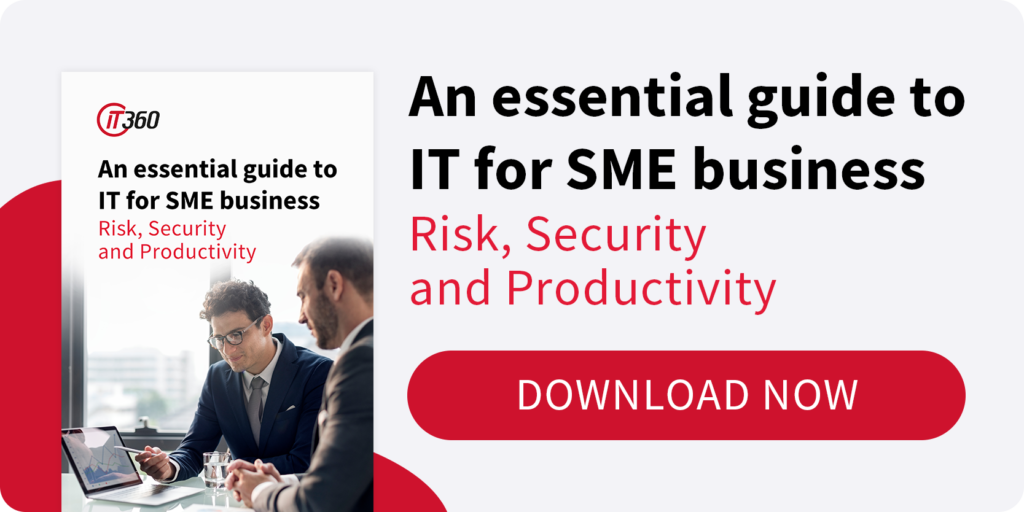Technology is no longer a stand-alone function within a business – well, it shouldn’t be. That is because for most organisations today, IT productivity has a direct correlation with profit, and output efficiency.
So for a business owner or General Manager to not have an understanding of how technology affects the overall proficiency of their organisation, there is a very real risk that tasks and processes won’t be undertaken at the maximum level possible.
One of the first things to work out for your organisation is what productivity actually means to your business. How do you measure it and what goals/KPIs do you have around the output of your team?
Once you know the end outcome, then you can work backwards to understand the process of throughput – i.e. the stages that are undertaken to complete the end product or service.
Read more: Stop making these 5 IT mistakes in your business
These step-by-step actions should then provide a more detailed knowledge around how technology is involved in the working method. And once you know where IT fits in, you can then directly correlate it to where the technology works well, and where it lacks efficiency – enabling you to get a firm insight into how the IT systems affect productivity in your business.
From here there will then be options to streamline processes, introduce automation (or further automate functionalities) and limit any areas where technology might be having a negative impact on productivity – for example if your business computers take 2 minutes to load in the morning, and you have 50 staff, then that is more than an hour of lost time in one working day.
After completing these activities (which could take a little while) it is then important to consider ROI of any investments you do decide to make into IT. Of course this can even be done before you make a decision on what to implement by estimating how it will impact on the output by calculating the increase in productivity.
Want to brainstorm some ways your business might be able to benefit from better IT systems? Consider the following:
- Investigate your ISP/internet speed and check it is running at the most optimal rate possible. (Slow internet connections can have a detrimental effect on efficiency.)
- Is the software you are using the most appropriate for the type of work you carry out? (Perhaps there is a cheaper option, or one that is more inline with your business service.)
- How long has it been since you upgraded your hardware? (Old items can be significantly slower, and more prone to experiencing issues.)
- Consider your high-level business strategies and work out what it will mean for your IT systems. (It is highly unlikely for any organisation today to be able to achieve strategic goals without the influence/use of technology, so these two aspects need to be aligned.)
- Be open and curious to what is out there, and what other businesses are doing – particularly your competitors. (It can be easy to get stuck in the zone of continuing to do things they way you always have, but change doesn’t need to be a headache – think of it as an exciting opportunity to grow and expand your business.)
Keen to understand what is big for IT this year? Download: An essential guide to IT for SME business – Risk, Security and Productivity



